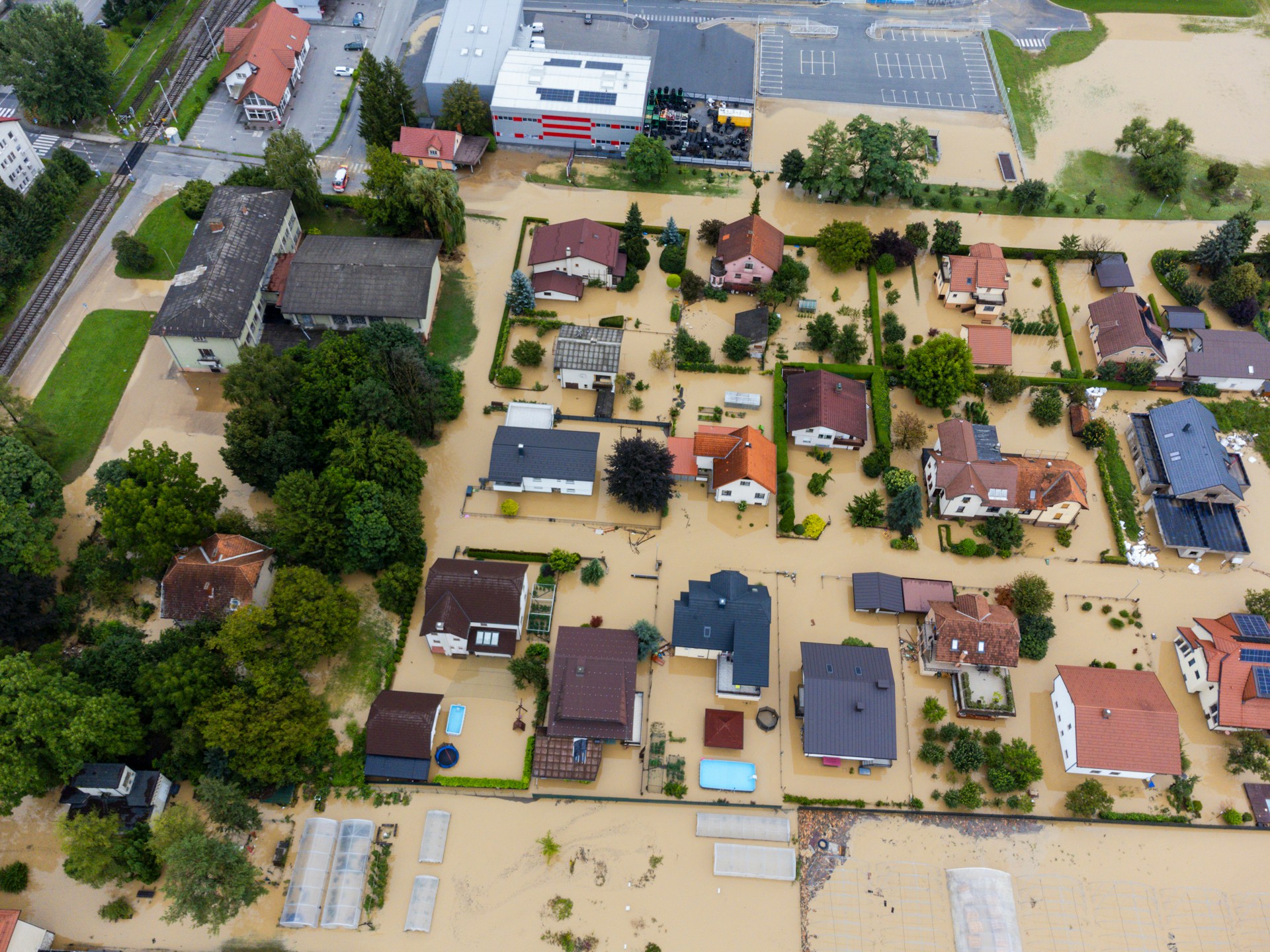In an interview with Roberto Schaeffer, full professor of Energy Economics at the Programa de Planejamento Energético (PPE/COPPE/UFRJ), we uncover the intricacies of integrating climate change models into policy decisions, navigating the fine line between immediate costs and long-term benefits. While addressing the challenges and the potentialities of IAMs, Schaeffer acknowledges the inevitability of the search for a sustainable future.
What is the role of IAMs in climate research and policy?
Most of my work revolves around models, and I think models are becoming more and more important. As of today, global models dominate the scene, and over the past two decades Europe has been a hub for their development. Significant capabilities exist for example at IIASA in Austria, PBL in the Netherlands, PIK in Germany, CMCC in Italy, with some capabilities in China and India.
Fortunately, my group in Brazil has substantial capabilities, making it “the new kid on the block” in this field. However, these global models present a challenge—they lack the resolution to reach the country level. While they may divide the world into regions, such as the U.S.A., Japan, China, India, Brazil, and Europe, the resolution remains insufficient.
In order to make these models really useful, we aim to develop capabilities in many countries, encouraging the creation of models tailored to represent their unique realities. This movement towards national-level modeling is gaining traction, fostering a more democratic approach where each country develops its own model for better representation. Recognizing the limitations of global models at the national level, this shift allows for more reliable and policy-relevant results specific to individual countries. The main progress lies in democratizing modeling capabilities across different countries, ensuring more pertinent and accurate policy insights.
Why is it necessary to build models with country-level resolution?
The impacts of climate change don’t affect everyone equally. As a middle-class person from Brazil, I might not be directly impacted, and if it gets warmer I can handle it. On the other hand, poor people in poorer countries will be disproportionately affected. This is why getting a global agreement on solving the problem is not easy. During my long experience with the IPCC, I bore witness to the struggle to approve reports, given the diverse positions of countries like India, China, Brazil, and Mexico compared to other countries in northern Europe or North America for example.
Aligning countries with such different geographical and social realities makes global agreements challenging. The current top-down approach doesn’t necessarily address the regional and income-level variations in impact. Deciding on temperature targets is complicated because what might be acceptable for a country like Canada could be detrimental for small islands like Tuvalu. Technically speaking, we know how to solve this problem but politically it’s not that easy.
What challenges arise in integrating climate change models into policy-making decisions?
It is a long process because decisions made today, inducing immediate costs for policymakers, will only yield major benefits in five or ten years. The collaboration between modelers and policymakers is crucial, and it is already happening. Yet, a substantial gap in understanding persists, particularly in practical aspects and associated costs. The challenge lies in prioritizing present concerns over future ones, as human behavior tends to value immediate gains, making it challenging to garner support for initiatives that primarily benefit future generations. Human beings are very complicated.
There is another crucial problem here. Even with the most rigorous scientific models, uncertainties persist. Computational challenges lead us to run models deterministically, presenting results with an associated uncertainty level. However, when communicating this uncertainty to policymakers or the general population, it is often perceived as a lack of precision or knowledge. This creates complexity, as decisions need to be made today based on technically sound information. Politicians, concerned with immediate mandates, may find it uncomfortable to bear the burden of decisions that impact the future, a challenge exacerbated by the perceived temporal distance of climate change impacts. I think the difficulty of the problem is exactly there – people in power thinking “the future is not my problem”.
What are the advantages of local models?
Consider Brazil as an example. Many global models, historically focused on climate change mitigation, emphasize CO2 emission reductions in the energy sector. This approach stems from the fact that 80% of global greenhouse gas emissions originate from the energy sector, with only 20% from sources like methane and N2O from agriculture or CO2 from deforestation. However, in Brazil two-thirds of emissions arise from the land use sector, dominated by cattle, agriculture and deforestation. There, energy isn’t the primary concern: It’s land use.
Even within the energy sector, the most impactful mitigation contributions in Brazil are tied to land use, where biofuels play a pivotal role. Brazil’s ethanol production process involves fermenting sugar cane, which releases nearly pure CO2. This CO2 can be easily captured, resulting in negative emissions from biofuels production. To model this intricacy, our model delves into the specifics of various technologies and the distinct land covers found in Brazil and considers the carbon content of different lands, ensuring precision in assessing mitigation options.
This underscores the need for a more accurate representation of local conditions, including geographical variations and specific technologies. Global models, while valuable for certain purposes, fall short in capturing these nuances.
In addressing these challenges, notable progress has been made. In the IAMC, a new scientific working group on national models has been established, aiming to enhance the modeling capabilities of different countries. This initiative empowers countries to rely on their own models, ensuring solutions align with their unique realities, a departure from attempting to adapt global models to diverse local contexts.
What does it mean for countries to not be represented in detail by models? What is peculiar about the case of Africa, as highlighted during a plenary session during the last IAMC meeting?
There is a substantial data gap. However, I would say that the fundamental issue lies in the limited capacity in Africa, compounded by lower educational levels and a talent drain where many skilled scientists leave the continent. Unfortunately, this trend is shared by most developing countries. In the case of my group, which has been working on Integrated Assessment Models in Brazil for quite some time now, it took almost two decades to build the necessary expertise. This journey involved investing in education, supporting students from master’s to Ph.D., and postdoctoral levels, with additional funding from EU projects aiding in recruitment.
The challenge in Africa is serious. Many places in this region lack access to funds and tools, creating a complex scenario. The intention behind this session was to draw attention to the underrepresentation of Africa in climate science and models, and especially in discussions related to climate mitigation. Africa is home to approximately 1 billion people, and its vulnerability to climate change is substantial. So, this isn’t just Africa’s problem; it’s a global concern.
The potential for large-scale migrations due to unlivable conditions will impact regions like Europe indirectly but substantially. I think that European-funded projects, known for their generosity, should consider allocating funds for African researchers’ participation and implement capacity-building programs. Ensuring that trained individuals return to Africa is crucial. It is imperative to provide minimum conditions for effective participation.
Reflecting on my 25 years of contribution to the IPCC, it is evident that African countries are underrepresented even in its reports. Not only the lack of a substantial number of research articles, but also basic elements, such as unreliable internet connections and the lack of available data on Africa, become a crucial gap that needs to be urgently addressed for a more comprehensive and inclusive understanding of climate-related issues.
What are your expectations for the contributions of IAMs to the next Assessment Report 7 by the IPCC?
Numerous discussions have centered on a critical issue, particularly within Working Group 3, focusing on mitigation. The challenge lies in the observation that with every new IPCC report, the more ambitious the mitigation, the more costly the solutions appear to be. This dilemma arises because Working Group 2, addressing impacts and adaptation, has not successfully established a comprehensive metric that quantifies the costs of impacts, being able to place a price tag on them. This becomes instrumental in demonstrating that ambitious mitigation efforts are, in fact, cost-effective. The logic follows that the costs of impacts outweigh the expenses of mitigating them.
However, the intricacy of this task becomes evident when considering environmental services that defy easy quantification. I can put a price on technology, but how can I assign a monetary value to biodiversity, shade, or natural rain? Despite the complexity, finding a simplified yet effective way to convey the benefits of mitigation in monetary terms is crucial. Without such quantification, decision-makers may struggle to comprehend the avoided impacts associated with mitigation efforts, hindering proactive efficient planning strategies.
A secondary but still significant concern revolves around recognizing that there is no one-size-fits-all solution. The aspiration is therefore to tailor mitigation strategies to the specific challenges and opportunities of each region. As I said before, this is especially relevant as the technical solutions required for mitigation differ significantly between regions, but achieving this granularity remains a challenge.
Are you optimistic towards a just transition and meeting the climate targets in the future? Do you think it would be profitable?
Nothing can compete in costs with fossil fuels. But while fossil fuels remain economically advantageous, the momentum toward transitioning is driven by the realization that alternatives are imperative. The profitability of this transition is not as high as continuing with fossil fuels, but it’s deemed necessary. The increasing affordability of renewables, like solar power, has reached a point where it competes favorably with traditional sources.
Optimism about achieving targets depends on the speed of this transition. While the momentum is present, achieving the ambitious goals of the Paris Agreement, particularly net-zero emissions by 2050, poses a challenge. The inevitability of transitioning becomes clearer as the impacts of climate change intensify, potentially pushing even reluctant policymakers to acknowledge its urgency. The trajectory toward a sustainable future seems inevitable, but the pace remains uncertain.






